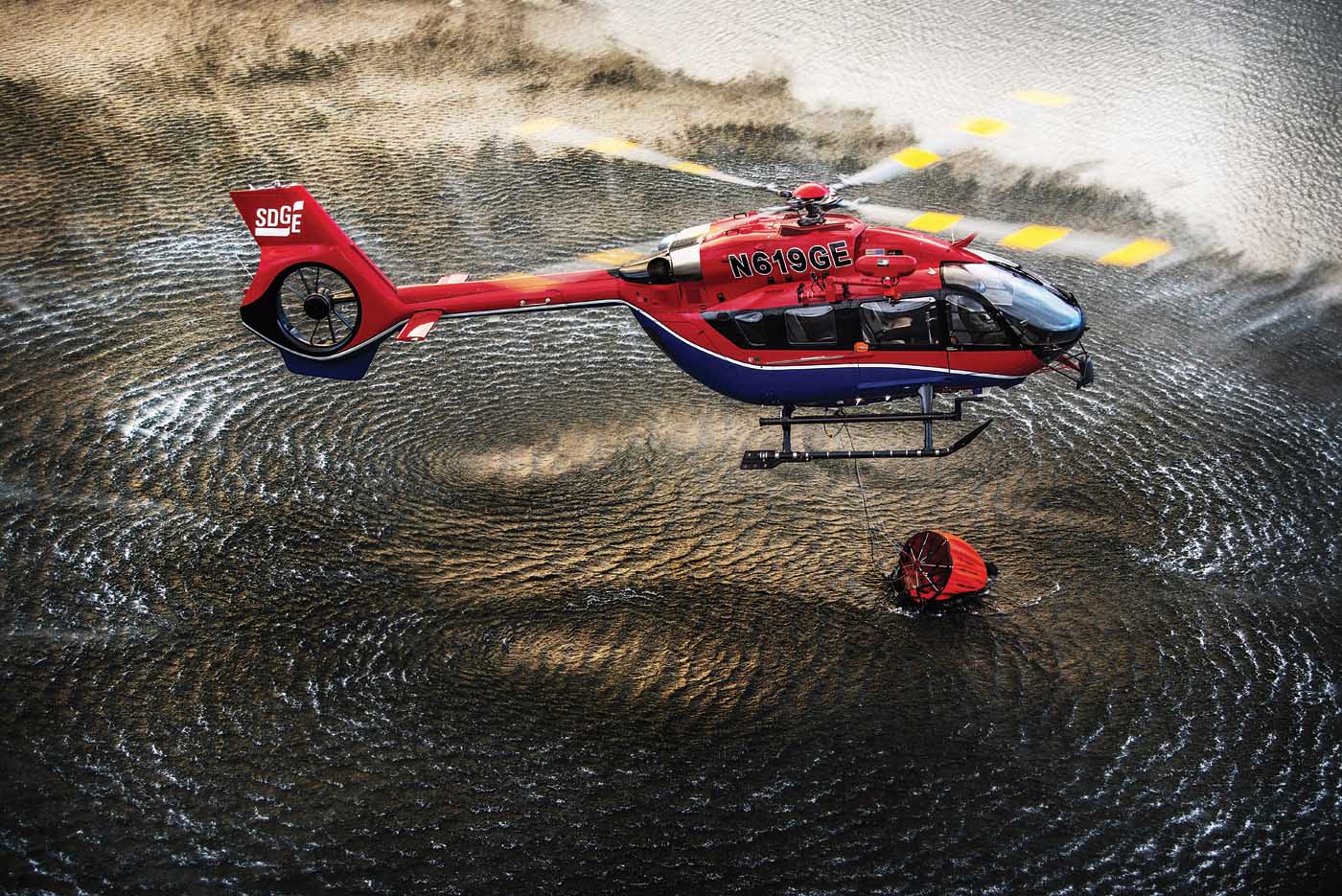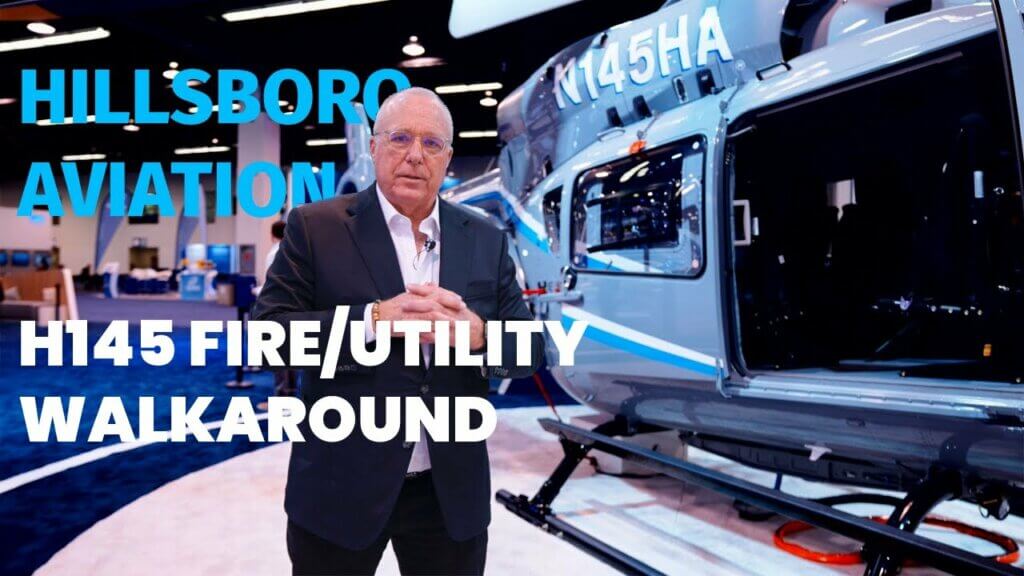Towards cleaner air transportation
At Airbus, we are committed to reducing the environmental footprint of our helicopters to bring us closer to net-zero emissions. Helicopters account for less than one percent of the aviation industry’s CO2 emissions, but efforts are underway to continue to reduce this figure.
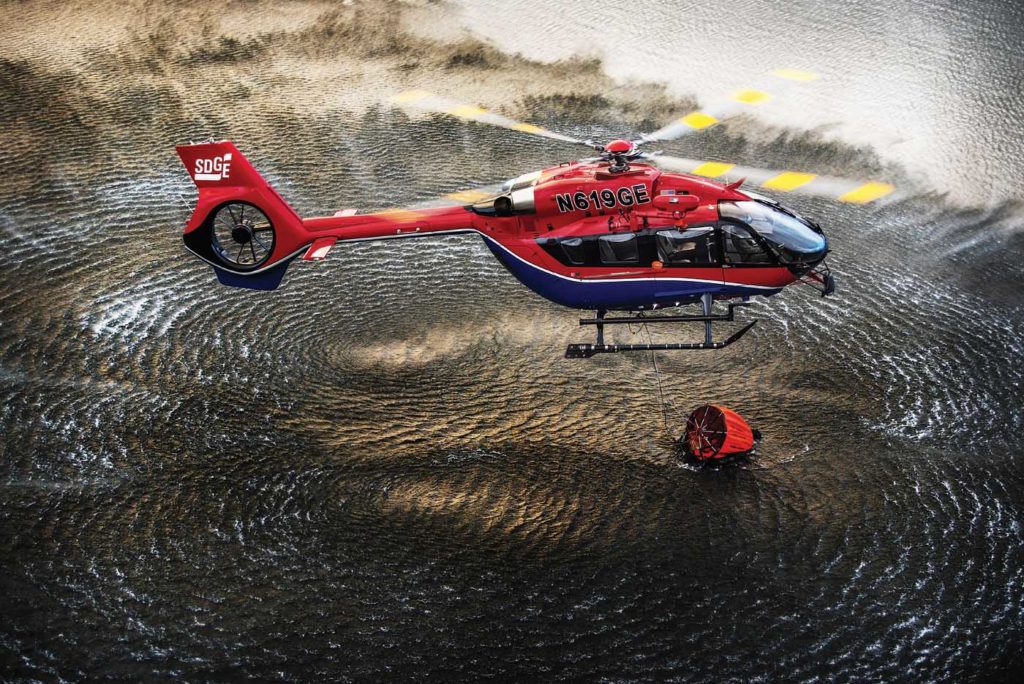
A major lever to achieve this goal in the short term is Sustainable Aviation Fuel, a drop-in fuel derived from waste material. Airbus Helicopters’ entire range is certified to fly with up to a 50 percent blend of SAF and kerosene, which would represent a 40 percent reduction of CO2 emissions. Airbus Helicopters has already begun using SAF when flight testing its aircraft at its main sites.
In the mid-term, Airbus is developing its recently revealed CityAirbus NextGen, an eVTOL solution for urban air mobility. The fully electric vehicle is equipped with fixed wings, a V-shaped tail, and eight electrically powered propellers as part of its uniquely designed distributed propulsion system. It is designed to carry up to four passengers in a zero emissions flight in multiple applications.

One of the key challenges to public acceptance of urban air mobility is sound level, an area where Airbus has been innovating for decades. The addition of sound-reducing techno-bricks such as blade design and the shrouded Fenestron has allowed us to optimize the sound performance of our aircraft, making many of them the quietest in their class. For instance, our H160 benefits from the innovatively-shaped Blue Edge blades that reduce perceived exterior sound levels by 50 percent, particularly during the approach, takeoff and landing phases, which are the most important for hospital neighborhoods.
The essential partner for life-saving medical missions
When it comes to saving lives, flying is essential. This is especially true for life-threatening medical emergencies, where the greatest chance of survival depends on help arriving within that first “golden hour.” The majority of Airbus helicopters can be configured to perform air medical missions, carrying both passengers and medical equipment when an emergency strikes.
Most recently, the EMS-market leading H135 recently received European Union Aviation Safety Agency (EASA) certification for an alternate gross weight, which increased its take-off weight and useful load by 120 kilograms (265 pounds). This means additional patients, medical staff or equipment can be taken on board. The H135’s most recent EMS configuration also includes a dedicated HEMS floor that meets the highest standards in patient care.
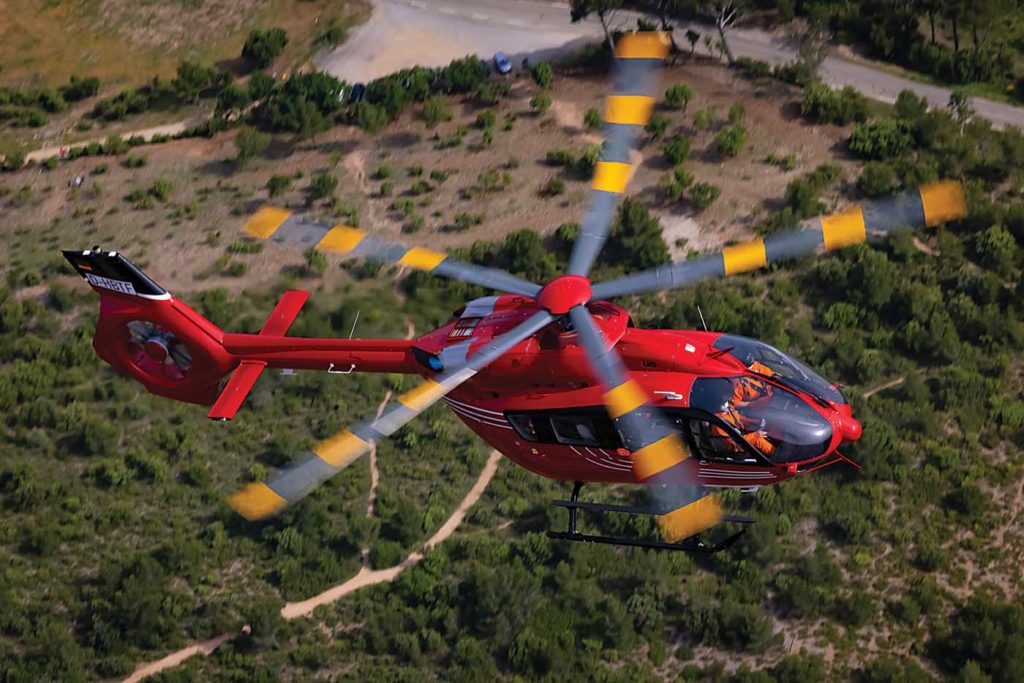
Setting the benchmark for HEMS rotorcraft, the H145’s high-mounted tail boom and wide-opening clamshell doors facilitate access to the spacious cabin for medical interventions. On top, the new five-bladed H145 offers operators a further increased useful load of 150 kg (330 lb.), as well as improving the in-flight comfort of the crew and patient. Our next-generation multi-role medium twin helicopter, the H160, features the largest medical cabin as well as positionable stretcher capacity that makes it ideal for intensive care operations.
When the sky is the only way out
Rescue and disaster relief is another essential mission where sometimes the sky is the only way to reach those in need. Airbus Helicopters’ full range is equipped to respond at a moment’s notice to natural disasters such as hurricanes, forest fires and floods, as well as extricating the stranded.
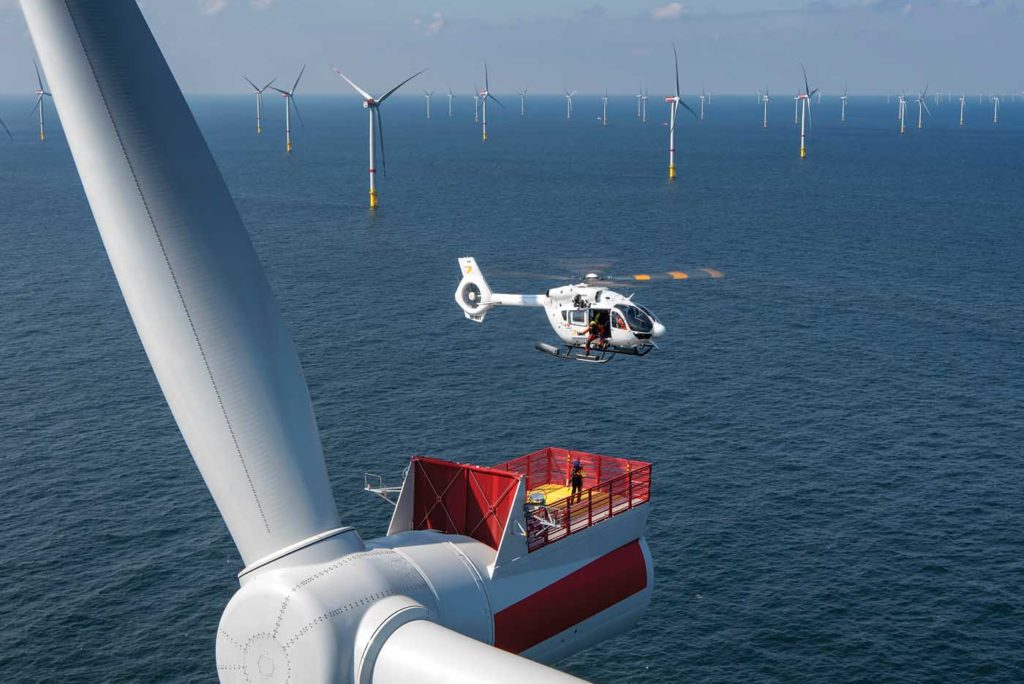
Bringing significant added value for customers in the super medium category, the search-and-rescue (SAR) configuration of the H175 consists of a dedicated operator’s console, oversized windows, and a powerful search and weather radar. Where help is urgently needed to bring fires under control, the H215 and H225 are partners of choice, thanks to their extra-long range and high payload capacity that enable them to carry water tanks in areas with difficult access. Meanwhile, the H160 hosts a whole set of advantageous features for rescue operations, such as a hoist and a large cabin.
On the lighter end of the spectrum, our reliable workhorse, the H135, is a go-to choice for high-altitude mountain rescues thanks to its slope landing capabilities and hover performance. (The H135 celebrated its 25th anniversary in September 2021 and the accumulation of nearly six million flight hours.) Additional SAR mainstays are the H145, with its new five-bladed rotor, and the H125, with recent EASA and Transport Canada certification of a 10 percent power increase that makes full use of the available power in its Safran Arriel 2D engine.
Value-added support and services: our essential mission
Helping make all these essential missions possible is an efficient network of support and service experts for whom keeping customers flying is their essential mission. With decades of experience, this web of customer centers, service centers and independent distributors has honed how to anticipate operator needs and introduce new solutions that increase aircraft availability, enhance safety and improve the competitiveness of customer operations.
Among the newcomers is a new HCare offering aimed at strengthening support for the legacy range, including the H120, Dauphin, Gazelle and Puma. This customizable offer was conceived in response to customer feedback and encompasses needs like proactive obsolescence management, upgrades, spares, repair and overhaul, and technical support. Airbus has also formed a community that connects H120 and Dauphin operators with each other and the manufacturer, exchanging experience, ideas and solutions.
This year will also welcome new packages to help operators of Helionix-equipped helicopters go digital, equipping their aircraft and operations with the right hardware to make the most of their data. The focus will be on adding value to flight operations, airworthiness and engineering, or maintenance and logistics.

Finally, Airbus seeks to improve operational safety for all H125/H130 operators with the Crash Resistant Fuel System (CRFS). Now standard equipment on all new-built H125s/H130s, the CRFS is also available for retrofit on the H125/AS350 B3/B3e including cargo swing configuration and the EC130 B4. In order to encourage the implementation of this important safety enhancement for its customers, Airbus Helicopters has been offering its retrofit kit at a reduced price to customers since 2019 and has recently introduced new additional incentives to customers who choose to retrofit their fleets.





